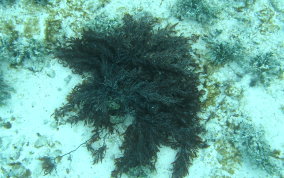BRYOZOAN
Class GymnolaemataWhat scientists know about bryozoans is that they all seem to be hermaphrodites, meaning they have both male and female sex organs. They create their offspring by making genetically identical clones of themselves. Bryozoans can be both a blight and a blessing. As an invasive species they can completely destroy aquatic communities of native plants and other bryozoans. On the other hand, these tiny animals, when in their native habitat, the shallow seas, perform an immensely important function. A scientist named Bullivant (1967, 1968) showed that the average individual zooid, (one individual that measures 1/16th of an inch) can clear 8.8 ml of water per day. Winston (1995) reported that colonies of Zoobotryon verticillatum located in 1 square meter of sea grass bed could potentially filter and recirculate an average of 48,600 gallons of seawater per day. You can tell the difference between a plant and a Bryozoan, the Bryozoan colony feels crispy to the touch.
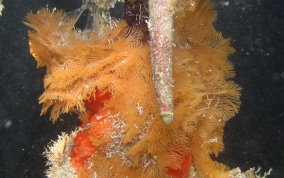
Tan Fan Bryozoan
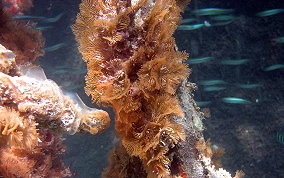
Tan Fan Bryozoan
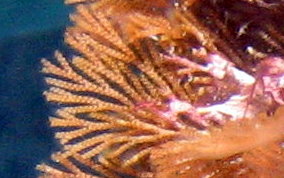
Tan Fan Bryozoan
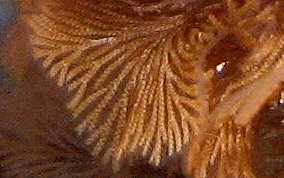
Tan Fan Bryozoan
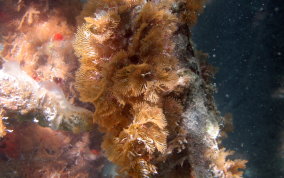
Tan Fan Bryozoan
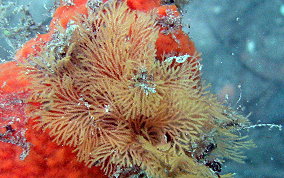
Tan Fan Bryozoan
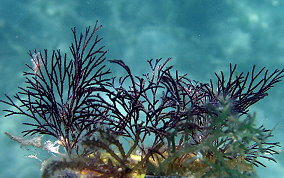
Purple Fan Bryozoan
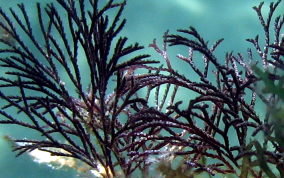
Purple Fan Bryozoan
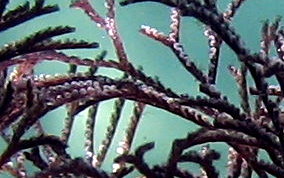
Purple Fan Bryozoan
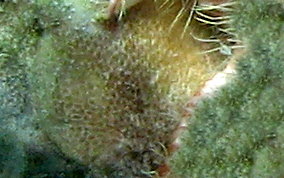
Row-encrusting Bryozoan
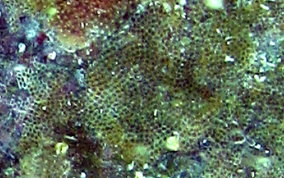
Encrusting Bryozoan
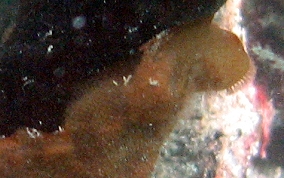
Row Encrusring Bryozoan
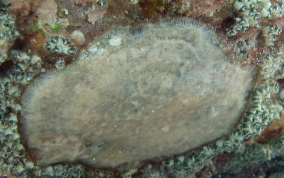
Row Encrusting Bryozoan
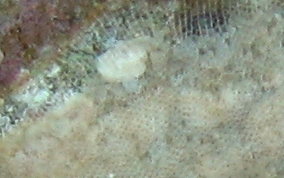
Row Encrusting Bryozoan
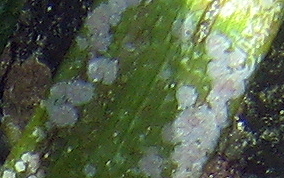
Unidentified Bryozoan
